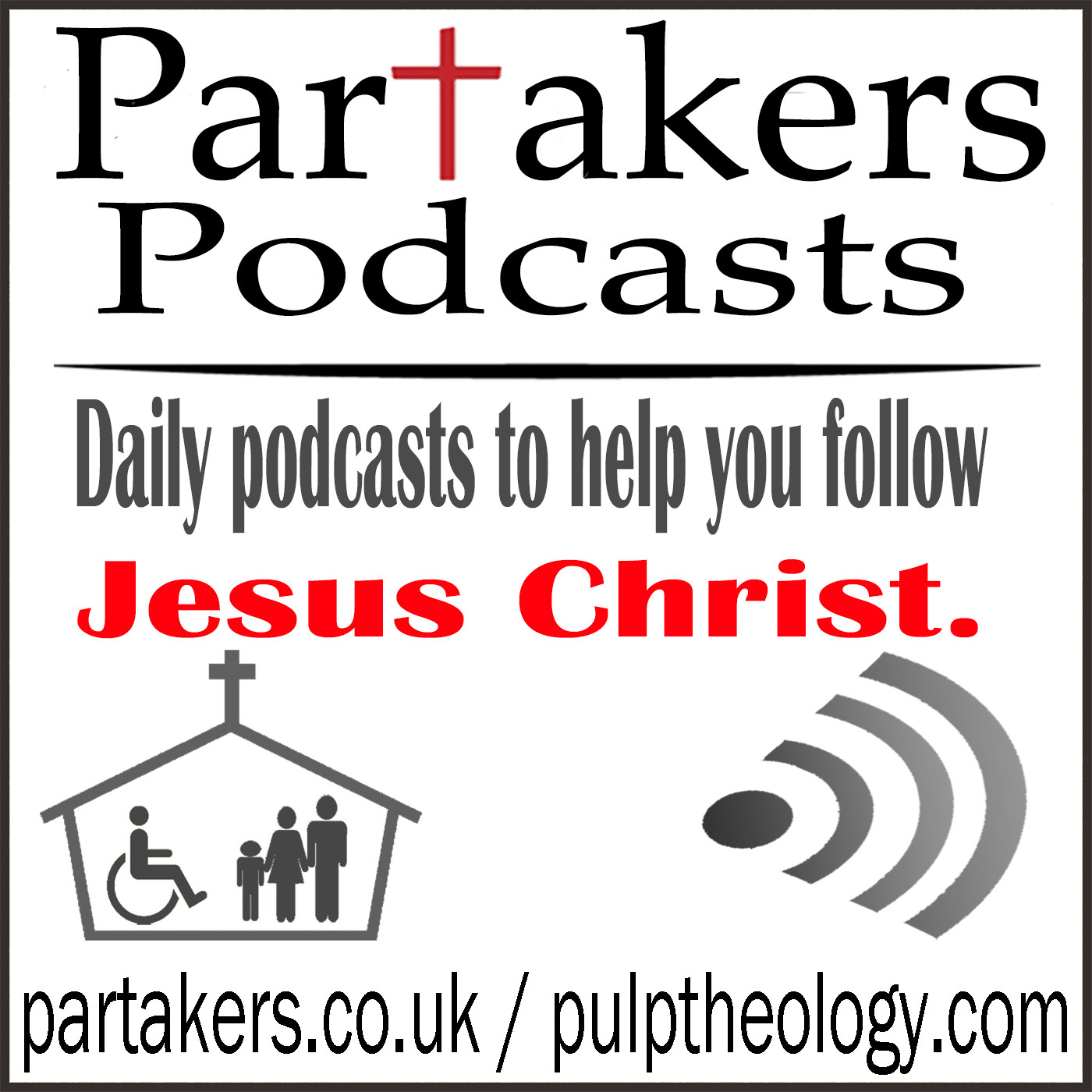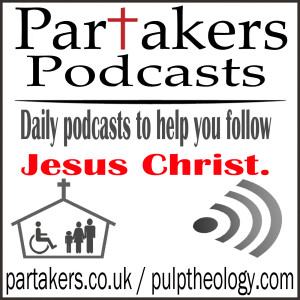
426.1K
Downloads
3363
Episodes
G’day and welcome to Partakers Christian Podcasts! Join us for uplifting Bible teaching, inspiring readings, heartfelt worship, powerful prayers, and fascinating church history. Whether you’re new to faith or growing deeper in your journey, we’re here to encourage and equip you. 🎧 Tune in, interact, and be inspired—wherever you are in the world.
Episodes

Thursday Nov 06, 2025
Church History Part 27
Thursday Nov 06, 2025
Thursday Nov 06, 2025

Part 27
The Church in the Stuart Period
Last time we looked at the Protestant Reformation gathering apace in 16th century England. The main issue in the 16th century, as we saw together was “None but Christ saves” - that the Gospel is good news for all of humanity, that nobody can earn their salvation, but rather salvation is a free gift from God for all those who choose to receive it.
The main issue in the 17th century however, was 'None but Christ reigns'. The Stuart monarchy promoted the 'Divine Right of Kings', the God given authority to rule country and church. James VI of Scotland became king in 1567, and tried to re-establish the Episcopalian system, undermining the Presbyterian system. In 1603, he became the King of England as well and became James I of England.
The Scots never accepted his authority over the church and fought to maintain religious freedom. James and his son Charles harassed the Puritans and drove many out of the country to Holland. King James I however did authorise a new translation of the Bible – what we today know as the King James Version or Authorised Version.
National Covenant - The Archbishop of Canterbury tried to impose a new system of Church Government (Episcopalian) on Scotland, but the Scots rejected this and many signed a national covenant to maintain the freedom of the Presbyterian Church.
1638 - The General Assembly of the Church to establish who was head. The people led by Henderson accepted the king as king, but not as the head of the church. War broke out and the Scots, under General Alexander Leslie, defeated Charles in 1640.
1643 - Both the English and Scottish Parliaments signed a Covenant binding themselves to seek the reformation of religion along Reformed lines.
1643-49 - The Westminster Assembly of divines met to establish a basis for a united church in Britain. The Westminster Confession of Faith became the statement of faith for the Presbyterian Church.
The Puritans - Many Christians wanted greater reformation in the Church, following Calvin's model of Church Government and worship. Some separated from the Church of England altogether because they were considered still to be too closely attached with the Roman Catholic Church. . They formed distinctive groups embracing a greater purity of worship, doctrine and personal piety. Some went so far as to totally separate themselves from all other Christians and started autonomous local gatherings of believers. These independent churches were the beginning of the Congregational Church.
The Separatists - These Separatists were persecuted by both the Roman Catholic & Protestant churches, and many were driven out of England to Holland were there was great religious freedom. They were hounded out of England by King James I and then by King Charles. Many left for Holland. However in 1620, some returned to England and left for America (New England) on the Mayflower. They wanted a new land where they could worship God with total freedom and virtually establish His kingdom on earth. By 1643 some 20,000 had arrived resulting in America's origins being deeply religious.
The Baptists - Some of these Puritans maintained believers baptism by immersion was also essential. This started John Smyth in an independent church in Holland. A remnant of this church returned to England, and established the first Baptist Church, resulting in over 300 churches in England by 1660.
That’s it for this time! Next time in our series HAHA, we will look at the last of this series - the church in the 18th century confronted by the Age of Reason and scientific materialism! Thanks for listening! Come back to Partakers where every day there is something new to encourage your walk as a Christian in the 21st century.

No comments yet. Be the first to say something!